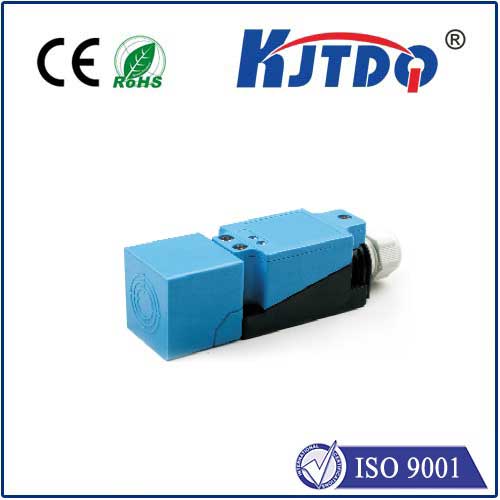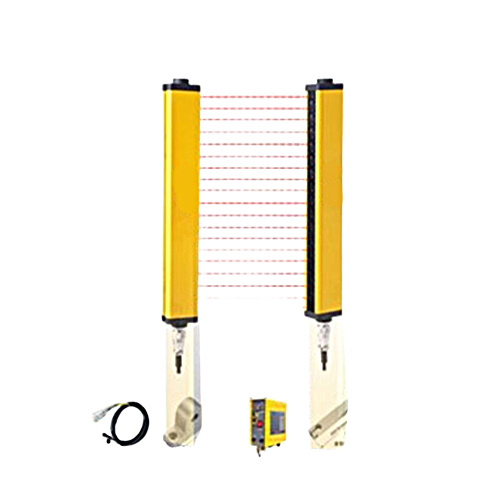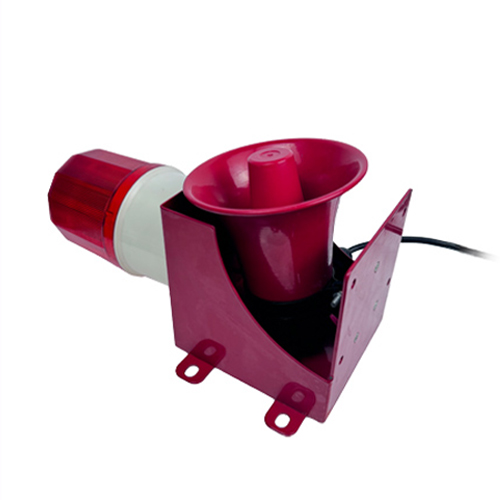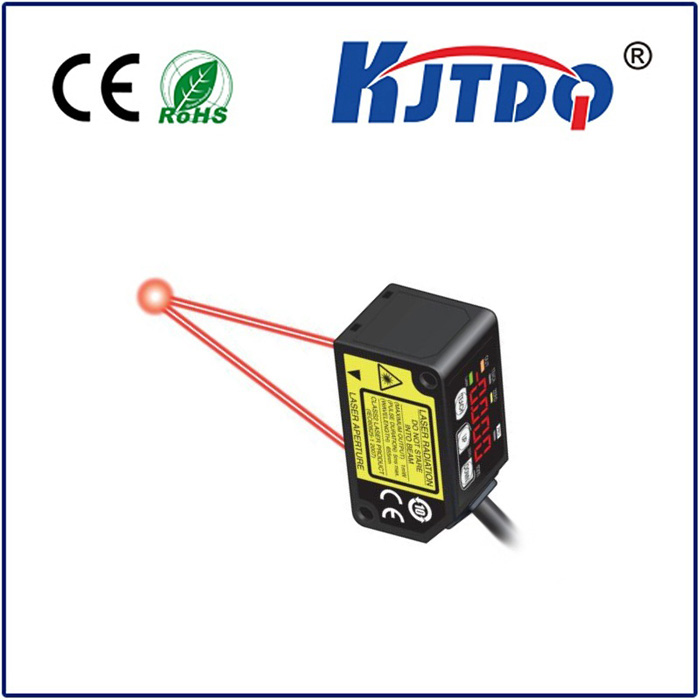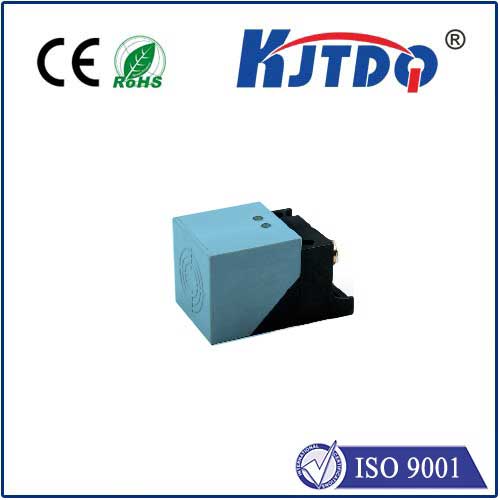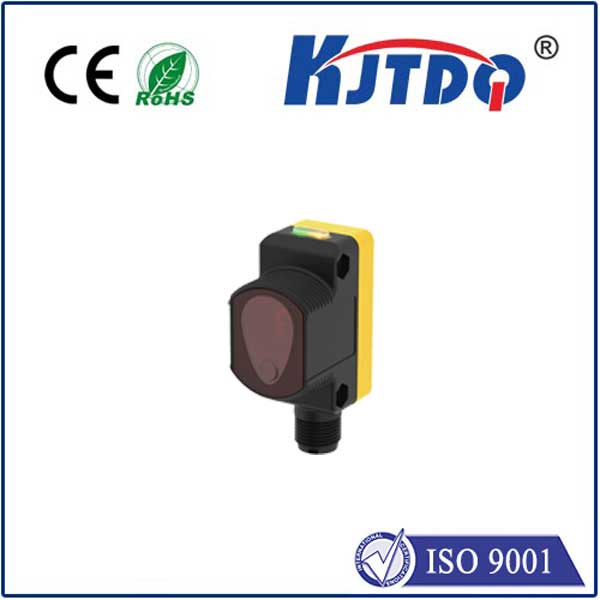laser ranging sensor 100m
- time:2025-09-13 00:05:25
- Click:0
Unlocking Precision at Distance: The Power of 100m Laser Ranging Sensors
Imagine needing to measure the exact height of a towering crane, map the perimeter of a sprawling construction site, or ensure precise positioning for autonomous machinery navigating a large warehouse – all tasks demanding accuracy over significant distances. This is where the 100-meter laser ranging sensor truly shines. This sophisticated piece of technology has revolutionized numerous industries by providing fast, reliable, and highly accurate distance measurements up to 100 meters, fundamentally changing how professionals approach spatial tasks.
Demystifying the Technology: How Does a 100m Laser Ranging Sensor Work?
At its core, a laser ranging sensor operates on a remarkably simple principle: time-of-flight (ToF). Here’s the step-by-step process:
- Laser Pulse Emission: The sensor emits a focused pulse of laser light (typically infrared for safety and performance) towards the target.
- Light Travel: This pulse travels through the air at the constant speed of light (approximately 300,000 km/s).
- Reflection: Upon hitting the target, part of the laser light is reflected back towards the sensor.
- Detection & Timing: A highly sensitive detector within the sensor captures the returning light pulse.
- Calculation: The sensor’s internal processor precisely measures the time elapsed between emitting the pulse and receiving its reflection. Using the formula: Distance = (Speed of Light x Time of Flight) / 2, the sensor calculates the distance to the target. Dividing by two accounts for the round-trip journey of the light pulse.
Phase-shift measurement is another common technique, especially in shorter-range devices or where extreme precision is needed, though ToF dominates robust, longer-range sensors like those reaching 100m. Laser sensors excel because their tightly focused beam minimizes interference from surrounding objects and environmental noise compared to ultrasonic alternatives.
Key Specifications Defining a Quality 100m Laser Ranging Sensor

Not all 100m sensors are created equal. Understanding these critical specifications is essential when selecting the right tool:
- Accuracy & Resolution: This is paramount. Accuracy refers to how close the measurement is to the true distance (e.g., ±1.5mm or ±2mm at 100m). Resolution indicates the smallest detectable change in distance. For demanding tasks like surveying or industrial automation, high accuracy and fine resolution are non-negotiable.
- Measurement Speed: How many distance readings can the sensor take per second? High-speed sensors (hundreds or thousands of Hz) are vital for dynamic applications like robotics or fast-moving production lines.
- Beam Characteristics: The laser beam’s diameter and divergence (how much it spreads out over distance) impact precision, especially at longer ranges. A tight, low-divergence beam ensures you’re measuring the intended point even at 100m.
- Operating Range: While the headline figure is “100m”, understand the effective range under your specific conditions. Factors like target material (reflectivity), ambient light, and atmospheric conditions (fog, dust, rain) can significantly reduce the practical operational range. A robust sensor handles varying environmental challenges well.
- Interface & Connectivity: How does the sensor communicate? Common interfaces include analog voltage/current outputs (0-10V, 4-20mA), digital protocols (RS232, RS485), or modern bus systems (CAN bus, EtherCAT). Choosing the right interface is crucial for seamless integration into existing systems.
- Robustness & Environmental Rating: Industrial and outdoor applications demand sensors built to last. Look for ratings like IP67 or higher for dust and water resistance, and operating temperature ranges suitable for your environment. Robust housing protects against vibration and shock.
Where “100m” Makes the Difference: Diverse Applications
The ability to measure reliably up to 100 meters opens doors across numerous fields:
- Construction & Surveying: Rapidly measuring building dimensions, site levels, stockpile volumes, setting foundations over large areas. Replacing bulky tapes and wheels with instant, highly accurate point-and-shoot measurements saves immense time. Drop-in replacement for traditional surveying tools for many tasks.
- Industrial Automation & Logistics: Precise positioning of cranes, gantries, and automated guided vehicles (AGVs) in large facilities or yards. Monitoring material levels in large silos or bays. Controlling large-scale robotic applications. The 100m range enables automation on a larger spatial scale.
- Agriculture: Mapping field topography, measuring stockpile volumes (manure, feed, grain), and potentially guiding larger autonomous machinery. Provides spatial data for precision farming.
- Security & Perimeter Monitoring: Detecting intrusions across wide areas (fences, open perimeters), monitoring critical infrastructure distances. The focused laser beam provides precise zone monitoring.
- Forestry & Environmental Monitoring: Measuring tree heights and canopy density over significant distances. Useful for ecological surveys.
- Material Handling: Positioning large loads, crane hook height monitoring, ensuring safe distances. Enhances safety and efficiency in heavy operations.
- Mobile Robotics & Drones (UAVs): Providing accurate altitude hold, obstacle detection, and positioning data for larger drones or ground robots operating in expansive environments. Extends the perception range of autonomous systems.
Choosing the Right 100m Laser Sensor: Key Considerations
Selecting the optimal sensor requires careful thought beyond just the range specification:
- Application Needs: What accuracy and speed are mandatory? What are the target materials? Is it indoor or harsh outdoor use? Define your precise requirements first.
- Target Properties: Highly reflective targets (like mirrors) can cause errors by reflecting too much light directly back, potentially saturating the sensor. Very dark or absorbent targets can be difficult to detect at maximum range. Textured or transparent targets (like glass) also pose specific measurement challenges. Understand your target surface.
- Hostile Environments: Will the sensor face dust, water, temperature extremes, vibration, or strong ambient light? Choose an appropriate IP rating and robust construction.
- Mounting & Alignment: Ensure the sensor can be securely mounted and easily aligned for its intended purpose. Consider vibration resistance.
- Integration Complexity: Evaluate how easily the sensor integrates with your existing control system via its chosen interface.
- Cost vs. Performance: Balance the budget against the required specifications. A higher initial investment in a more capable sensor often pays off through reliability, accuracy, and longevity in critical applications.
Overcoming Limitations: Pushing the Boundaries of 100m
While powerful, laser ranging to 100m isn’t without potential hurdles. Ambient light interference, especially direct sunlight, can reduce range or cause measurement errors; look for sensors with sophisticated background light suppression technology. Atmospheric conditions like heavy fog, thick dust, or intense rain scatter the laser beam, significantly shortening the effective range. Safety is paramount: always ensure the laser class (typically Class 1 or Class 2) is suitable for the environment and follow manufacturer safety guidelines.
The Verdict: Precision Extended
The 100-meter laser ranging sensor represents a powerful tool in the modern measurement arsenal. By combining the inherent precision of laser light with robust engineering capable of reaching significant distances, it delivers speed, accuracy, and reliability that traditional methods cannot match. Whether shaping skylines in construction, enabling large-scale automation, or safeguarding vast perimeters, this technology empowers professionals to measure with confidence at scales previously requiring more complex or less accurate solutions. Understanding its operation, key specifications, applications, and selection criteria enables you to leverage this advanced technology to unlock new levels of efficiency and precision in your field.








